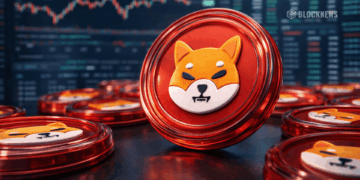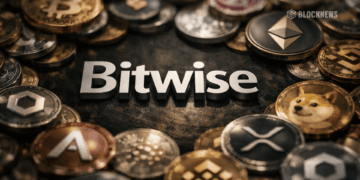- Bitcoin’s inflation rate has dropped below gold’s after the latest halving event, making BTC’s supply issuance rate lower than gold’s at 0.85%.
- Despite the significance of having a lower inflation rate than gold, analysts say the halving’s impact on Bitcoin’s price is negligible compared to overall trading volumes.
- While miner revenues took a hit from the halving reward reduction, they surged thanks to increased transaction fees driven by the newly launched Runes protocol on Bitcoin.
Bitcoin’s supply inflation rate has collapsed as expected after its fourth halving event. Each Bitcoin block, mined roughly once every ten minutes, now produces just 3,125 new BTC, half of its former 6.25 BTC block subsidy.
Halving Cuts Bitcoin’s Inflation Rate Below Gold
Before the halving, 900 BTC was generated daily, fueling a 1.7% inflation rate. The new figures are roughly equivalent to 450 BTC per day and an annual inflation rate of 0.85%. According to a new report from Glassnode, these metrics place the network’s supply issuance rate decisively below that of gold’s 2.3%, a historically significant asset to which Bitcoin is frequently compared.
Diminishing Returns Between Halvings
When measuring price gains between halvings, Bitcoin’s price rose just 569% in the fourth epoch compared to 1,336% in the third. Glassnode suggests this shows diminishing BTC investment returns between halvings, which is a natural result of the growing market size and the scale of capital flows required to move it.
Miners Emerge Unscathed
Despite the halving delivering a major cut to miner revenues, Bitcoin’s network hash rate had been at or near all-time highs moving into every halving event including the most recent one. On-chain data now shows that miner revenues actually surged after last week’s halving thanks to the newly launched Bitcoin token protocol Runes driving up network transaction fees.














